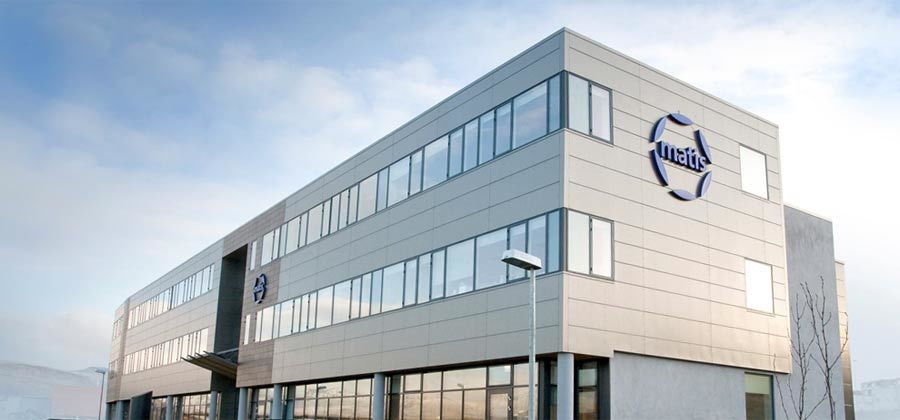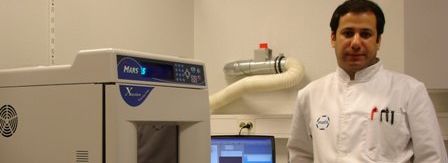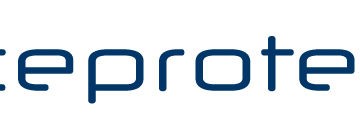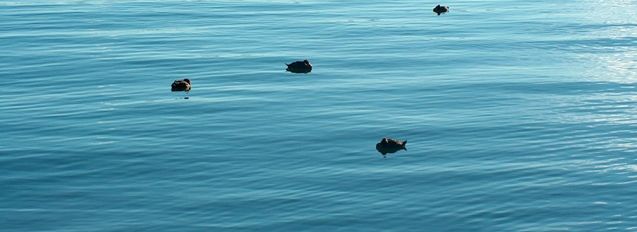Tomorrow, Thursday 4 September, Matís will receive good guests. It is an 11-member delegation from Hokkaido Island in Japan that comes to Iceland on behalf of METI, but it is an acronym for Ministry of Economics, Trade and Industry. The group will get acquainted with Matís' operations, especially the company's biotechnology division, and the reception will take place in the Biotechnology Division's premises at Gylfaflöt 5, Grafarvogur. There, the various projects that Matís has been working on recently will be introduced, as well as the company will be introduced in a broader context.
In addition to visiting Matís, the group will get to know the activities of MS, both in Reykjavík and Selfoss, as well as visit the Farmers' Association, the Icelandic Export Council and the Japanese Embassy.
The delegation consists of the following:
Mr Mitsuo Izumi, Chief Technical Officer and Factory Director, Hokkaido Milk Product Co., Ltd.
Mr Yoshinori Okada, Senior Managing Director, Obihiro Shinkin Bank.
Mr Takuma Kameda, Associate Plant Manager, NAGANUMA Ice CO., LTD.
Mr Makoto Kawakami, Supervisor Livestock Product Section, Hokkaido Food Processing Research Center
Mr Toshio Sato, CEO, Managing Director, BETSUKAI NYUGYO KOUSYA CO., LTD.
Mr Hideyuki Nagasawa, President, National University Corporation Obihiro University of Agriculture and Verterinary Medicine
Mr Yohsinoru Nagata, Deputy Director General, Hokkaido Food Processing Research Center
Mr Tadashi Nagamura, Senior Assistant Professor, National University Corporation Obihiro University of Agriculture and Verterinary Medicine
Mr Hiroshi Nishino, Director International Exchange Department, Institute for International Studies and Training
Mr Toshihiro Hirahata, Deputy-Director International Affairs Division Industries Department, Hokkaido Bureau of Economy, Trade and Industry Ministry of Economy, Trade and Industry
Mr Kiyoshi Yamaguchi, Director Administration Bureau, National University Corporation
Obihiro University of Agriculture and Verterinary Medicine.






